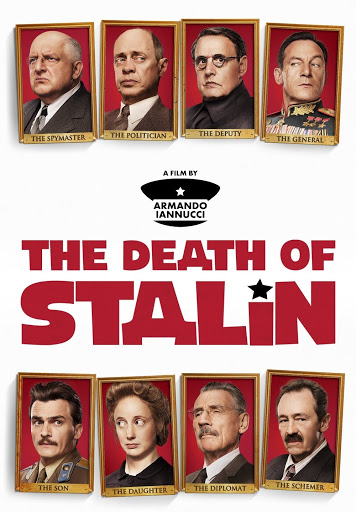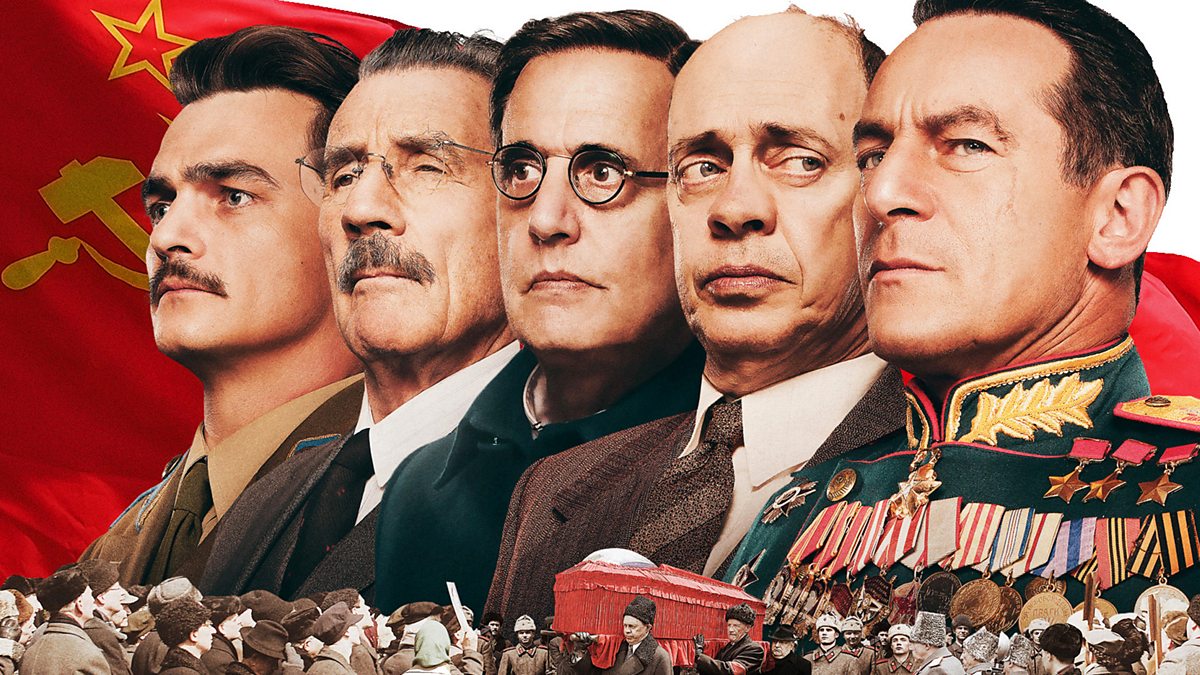The Death of Stalin is not only a significant historical event but also a satirical political comedy that has garnered much attention and acclaim. This article delves into the latest updates, what happened during Stalin’s death, the video viral phenomenon surrounding the film, and the leak video that caused a stir. We will explore the historical context, the film’s depiction of events, and the broader implications of both the historical event and its satirical representation.
The Latest Update on The Death of Stalin

Recent Interest and Rediscovery
The latest update on The Death of Stalin reveals a resurgence of interest due to its critical acclaim and controversial reception. The film, directed by Armando Iannucci and released in 2017, has sparked renewed discussions about Stalin’s legacy and the political climate of the Soviet Union during his era.
Awards and Recognition
Since its release, the film has received numerous accolades for its sharp political satire and dark humor. It has been praised for its ensemble cast’s performances and its bold approach to depicting a tumultuous period in Soviet history.
What Happened: Stalin’s Death and the Power Struggle

Stalin’s Sudden Demise
On March 5, 1953, Joseph Stalin, the leader of the Soviet Union, died suddenly after suffering a stroke. His death set off a chaotic scramble for power among his closest associates and senior members of the Soviet Politburo. The film portrays this chaotic aftermath with a satirical lens, highlighting the absurdity and paranoia of the time.
The Immediate Aftermath
In the immediate aftermath of Stalin’s death, key figures such as Nikita Khrushchev, Lavrentiy Beria, and Georgy Malenkov jockeyed for position. Each sought to consolidate power and secure their place as Stalin’s successor. The political infighting and backstabbing depicted in the film are not far from the truth, as the actual historical events were marked by intense rivalry and scheming.
Political Infighting and Power Struggles
The death of Stalin led to a power vacuum that saw intense political maneuvering. Beria, the head of the NKVD (the Soviet secret police), initially seemed to be in a strong position but was ultimately outmaneuvered by Khrushchev and his allies. The film captures these dynamics with a blend of humor and horror, reflecting the real-life terror and absurdity of Stalinist politics.
The Film’s Depiction and Historical Accuracy

Satirical Approach
The Death of Stalin, based on the French graphic novel “La Mort de Staline,” takes a satirical approach to these historical events. Directed by Armando Iannucci, the film uses dark humor to highlight the absurdities and dangers of totalitarian rule. While the film takes creative liberties, it remains rooted in the actual events and personalities of the time.
Ensemble Cast and Performances
The film features a stellar ensemble cast, including Steve Buscemi as Khrushchev, Simon Russell Beale as Beria, and Jeffrey Tambor as Malenkov. Their performances bring to life the grotesque and often comical nature of the power struggle that ensued after Stalin’s death.
Video Viral: The Film’s Reception and Controversy
Critical Acclaim
Upon its release, The Death of Stalin received widespread critical acclaim. Critics praised its clever writing, sharp satire, and outstanding performances. The film was lauded for its ability to tackle serious historical events with humor and intelligence.
Controversial Reception in Russia
However, the film faced fierce opposition in Russia. It was banned for allegedly mocking the Soviet past and for its portrayal of historical figures. Russian officials claimed that the film disrespected the memory of Stalin and the sacrifices made during his rule.
The Leak Video: Behind the Scenes
Adding to the film’s notoriety was the leak video that surfaced online, showing behind-the-scenes footage of the cast and crew. This video went viral, offering fans a glimpse into the making of the film and the creative process behind its unique blend of comedy and history.
The Historical Context: Stalin’s Regime
Stalin’s Rise to Power
Joseph Stalin rose to power in the aftermath of the Russian Revolution and the death of Lenin. By the late 1920s, he had consolidated power and established himself as the unchallenged leader of the Soviet Union. His rule was marked by widespread purges, forced collectivization, and the creation of a totalitarian state.
The Great Terror
One of the most notorious aspects of Stalin’s rule was the Great Terror, during which millions of people were executed or sent to labor camps. The climate of fear and suspicion created by Stalin’s purges is vividly captured in the film, highlighting the paranoia that pervaded Soviet society.
The Impact of Stalin’s Death
Stalin’s death marked the end of an era of brutal repression and the beginning of a power struggle that would shape the future of the Soviet Union. The film’s depiction of the immediate aftermath of Stalin’s death provides a satirical yet insightful look into the chaos and uncertainty that followed.
The Film’s Legacy and Influence
Influence on Political Satire
The Death of Stalin has had a significant impact on the genre of political satire. Its success has inspired other filmmakers and writers to tackle serious historical events with a satirical approach, blending humor with critical commentary.
Reflection on Totalitarianism
The film serves as a powerful reflection on the nature of totalitarianism and the dangers of absolute power. By using humor to depict the absurdities of Stalinist politics, the film encourages viewers to critically examine the dynamics of power and authority.
Educational Value
Despite its satirical tone, The Death of Stalin offers educational value by shedding light on a critical period in Soviet history. It prompts viewers to explore the real events and historical figures behind the film, fostering a deeper understanding of the complexities of Stalin’s rule and its aftermath.
Conclusion
The Death of Stalin remains a significant cultural and historical touchstone. The latest updates on the film, what happened during Stalin’s death, the insights from the video viral phenomenon, and the controversy surrounding the leak video all contribute to its enduring relevance. By blending dark humor with historical events, the film offers a unique perspective on one of the most turbulent periods in Soviet history.
As we reflect on the legacy of Joseph Stalin and the political chaos that followed his death, we are reminded of the importance of critical thinking and the value of satire in illuminating the absurdities and dangers of totalitarian rule. The story of Stalin’s death and the power struggle it ignited continues to captivate and educate audiences, highlighting the enduring impact of history on our understanding of power, politics, and human nature.
